Digital products have become an integral part of today’s market, offering convenience and accessibility to consumers. However, the success of a digital product relies heavily on effective marketing strategies. In this article, we will explore various approaches to marketing digital products and provide valuable insights on how to maximize their potential.
Understanding the Digital Product Landscape
To effectively market digital products, it is essential to have a comprehensive understanding of what they entail. Digital products can be broadly defined as any intangible goods or services that are delivered electronically. This includes software applications, e-books, online courses, music, and more. The rise of technology and the internet has revolutionized the way consumers access and consume various products.
Defining Digital Products
Digital products can be categorized into two main types: downloadable and streaming-based. Downloadable products are those that can be downloaded and stored on the user’s device, allowing offline access and ownership. This means that users can enjoy their favorite e-books or music albums even when they are not connected to the internet. On the other hand, streaming-based products are accessed online, providing instant access but requiring an internet connection. This type of product allows users to enjoy movies, TV shows, or online courses in real-time, without the need for downloading or storing files on their devices. Understanding these distinctions is crucial for marketing purposes, as the strategies employed may vary depending on the nature of the product.
The Importance of Digital Products in Today’s Market
The increasing importance of digital products in today’s market cannot be overstated. With the global digital transformation, consumers are increasingly turning to digital solutions for their needs. Whether it’s learning a new skill, finding entertainment, or streamlining business processes, digital products offer unparalleled convenience and flexibility.
Take online courses, for example. In the past, individuals had to physically attend classes or workshops to gain knowledge and acquire new skills. However, with the advent of digital products, anyone with an internet connection can access a wide range of online courses from the comfort of their own homes. This has opened up endless opportunities for personal and professional development, allowing individuals to learn at their own pace and according to their own schedules.
Furthermore, the COVID-19 pandemic has further accelerated the demand for digital products as remote work and online learning became the new normal. Businesses had to quickly adapt to the changing landscape and find innovative ways to deliver their products and services digitally. This shift not only allowed businesses to survive during challenging times but also opened up new avenues for growth and expansion.
Therefore, businesses must recognize the significance of digital products and capitalize on their potential. By understanding the digital product landscape and tailoring their marketing strategies accordingly, businesses can effectively reach their target audience and meet their evolving needs in the digital age.
Developing a Marketing Strategy for Digital Products
Successfully marketing digital products involves careful planning and strategizing. To begin, it is essential to identify your target audience. Conduct thorough market research to understand their needs, preferences, and online behaviors. This knowledge will allow you to tailor your marketing efforts to effectively reach and engage with your desired audience.
Identifying Your Target Audience
Your target audience may vary depending on the type of digital product you offer. Consider factors such as age, gender, occupation, and interests. By creating buyer personas, you can develop more concise marketing strategies that specifically cater to your target audience’s needs. This targeted approach will yield better results and higher conversion rates.
Setting Marketing Goals
Setting clear and attainable marketing goals is another crucial aspect of developing a successful marketing strategy. Determine what you aim to achieve through your marketing efforts, such as increasing brand awareness, generating leads, or boosting sales. Having specific goals in mind will enable you to measure the effectiveness of your campaigns and make necessary adjustments along the way.
Choosing the Right Marketing Channels
The digital landscape offers a plethora of marketing channels to choose from. It is important to select the ones that align with your target audience and marketing goals. Social media platforms, search engines, email marketing, influencer collaborations, and content marketing are some effective channels to consider. Remember to analyze the performance of each channel and optimize your strategy accordingly.
Once you have identified your target audience and set clear marketing goals, it’s time to dive deeper into the world of digital marketing. Let’s explore the power of social media platforms in reaching and engaging with your audience.
Social media platforms have become an integral part of people’s lives, offering a vast array of opportunities for businesses to connect with their target audience. With billions of active users, platforms like Facebook, Instagram, Twitter, and LinkedIn provide a fertile ground for promoting your digital products.
When using social media for marketing, it’s important to understand the unique features and dynamics of each platform. For example, Facebook allows you to create a business page, engage with your audience through posts and comments, and run targeted advertising campaigns. Instagram, on the other hand, focuses on visual content and storytelling, making it ideal for showcasing your digital products in an aesthetically pleasing way.
Another effective marketing channel to consider is search engine optimization (SEO). By optimizing your website and content for search engines like Google, you can increase your visibility and attract organic traffic. This involves keyword research, on-page optimization, and building high-quality backlinks. Investing in SEO can have long-term benefits, as it helps your digital products rank higher in search engine results and drives targeted traffic to your website.
In addition to social media and SEO, email marketing remains a powerful tool for reaching your target audience. Building an email list allows you to directly communicate with your customers and prospects, sending them personalized offers, updates, and valuable content. With the right email marketing strategy, you can nurture leads, build brand loyalty, and drive conversions.
As you can see, there are numerous marketing channels to choose from when promoting your digital products. It’s important to carefully evaluate each channel’s suitability for your target audience and marketing goals. By combining multiple channels and continuously analyzing their performance, you can create a comprehensive marketing strategy that maximizes your reach and drives meaningful results.
Creating Engaging Content for Digital Product Promotion
Content creation is a fundamental aspect of digital product promotion. High-quality and engaging content not only attracts potential customers but also builds trust and credibility in your brand. A well-executed content strategy can significantly impact your product’s visibility and market reach.

The Role of SEO in Content Creation
Search engine optimization (SEO) plays a vital role in maximizing the visibility of your digital product. By incorporating relevant keywords, meta tags, and optimizing your content structure, you can improve your search engine rankings and attract organic traffic. Additionally, creating informative and valuable content that answers user queries will enhance user experience and position your brand as an authority in the industry.
Social Media and Content Marketing
Social media platforms provide excellent opportunities for content promotion and audience engagement. Develop a strong social media presence by regularly posting relevant and engaging content that aligns with your target audience’s interests. Use various formats such as videos, images, and infographics to diversify your content and captivate your audience’s attention. Encourage user interaction through comments, shares, and likes to foster a sense of community around your brand.
Utilizing Email Marketing for Digital Products
Email marketing remains a powerful tool for promoting digital products and building long-term relationships with customers. Building an email list allows you to directly reach potential buyers and nurture leads into conversions.

Building an Email List
Offer incentives such as exclusive content, discounts, or free resources to encourage visitors to subscribe to your email list. Create compelling landing pages and opt-in forms to collect email addresses effectively. Remember to provide valuable content and avoid overwhelming your subscribers with excessive promotional emails.
Crafting Effective Email Campaigns
When crafting email campaigns for digital product promotion, personalization is key. Segment your email list based on factors such as their interests or past purchases to deliver targeted content. Use persuasive copy and compelling visuals to showcase the benefits and value of your digital product. Track and analyze the performance of your campaigns to refine your strategy and optimize conversion rates.
Leveraging Influencer Marketing for Digital Products
Influencer marketing has emerged as a powerful tool for reaching and engaging with a wider audience. Collaborating with influencers who align with your brand values and target audience can significantly boost your digital product’s visibility and credibility.

Finding the Right Influencers
Identify influencers in your industry or niche who have a substantial following and high engagement rates. Look for influencers whose values align with your brand and who can genuinely advocate for your digital product. Consider their reach, relevance, and reputation when selecting potential influencers to collaborate with.
Collaborating with Influencers for Product Promotion
When collaborating with influencers, it is crucial to establish clear goals and expectations. Provide them with access to your digital product to try and review, enabling them to provide authentic recommendations to their audience. Offer unique discount codes or affiliate programs to incentivize their followers to purchase your digital product. Monitor the performance of influencer campaigns and evaluate their effectiveness in achieving your marketing goals.
By following these strategies and adapting them to suit your specific digital product and target audience, you can effectively market your digital products and achieve maximum success in today’s competitive market. Remember to analyze and refine your strategies regularly, staying informed about the latest trends and consumer behaviors to stay ahead of the curve. Embrace the digital revolution and unlock the endless possibilities for your digital products.


